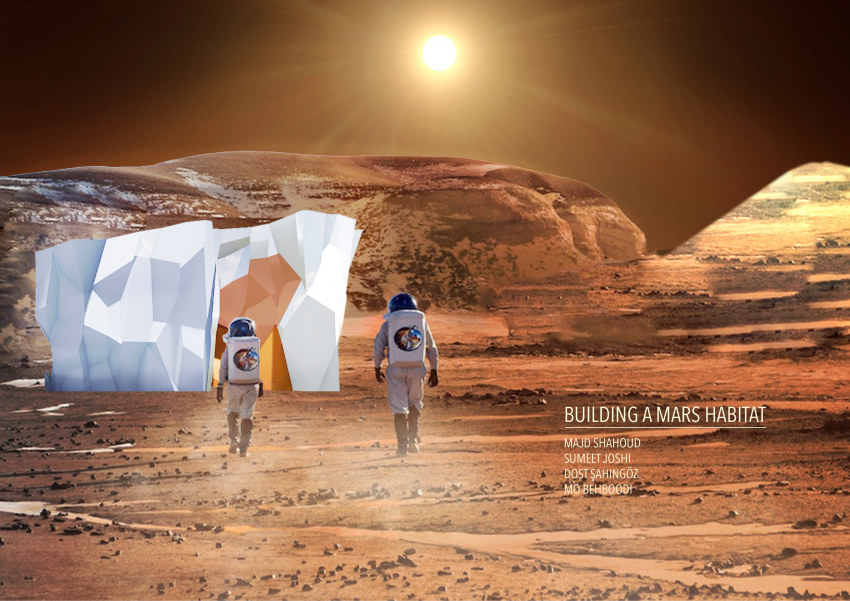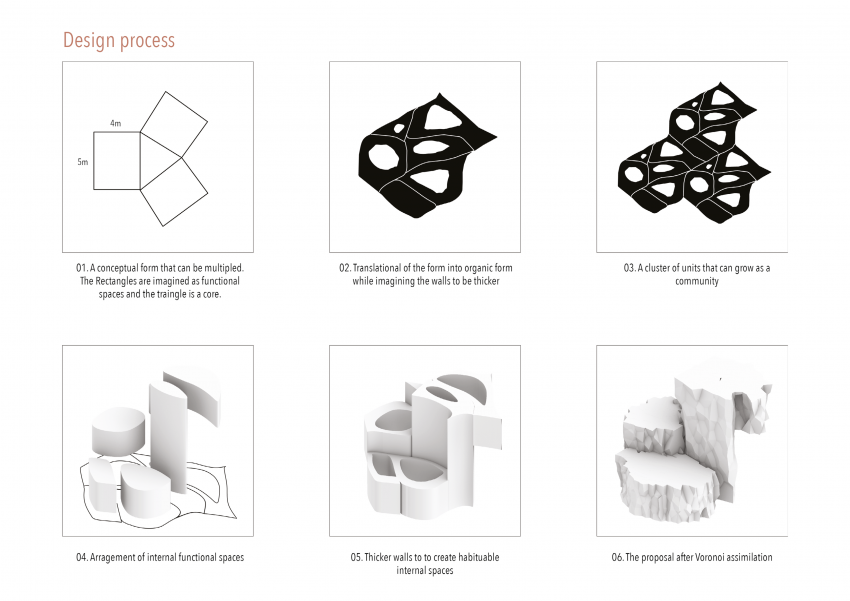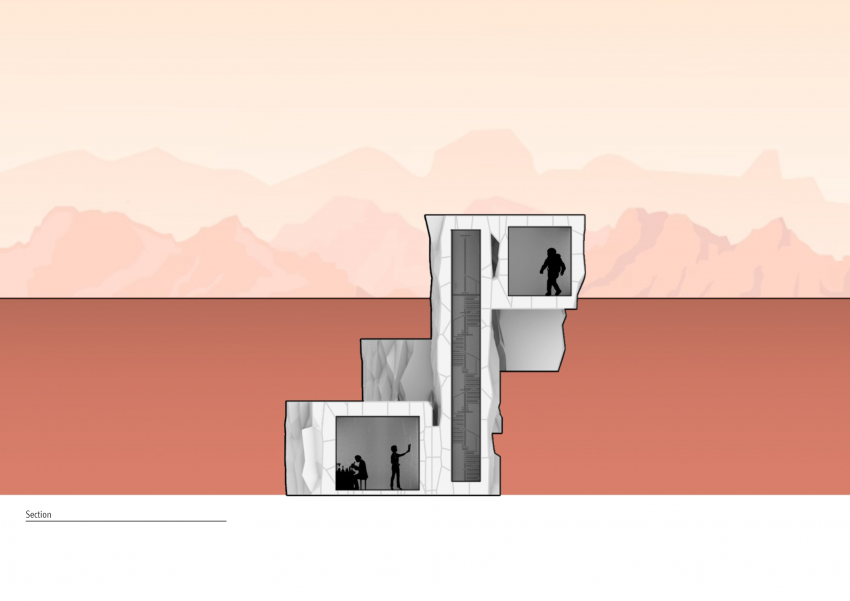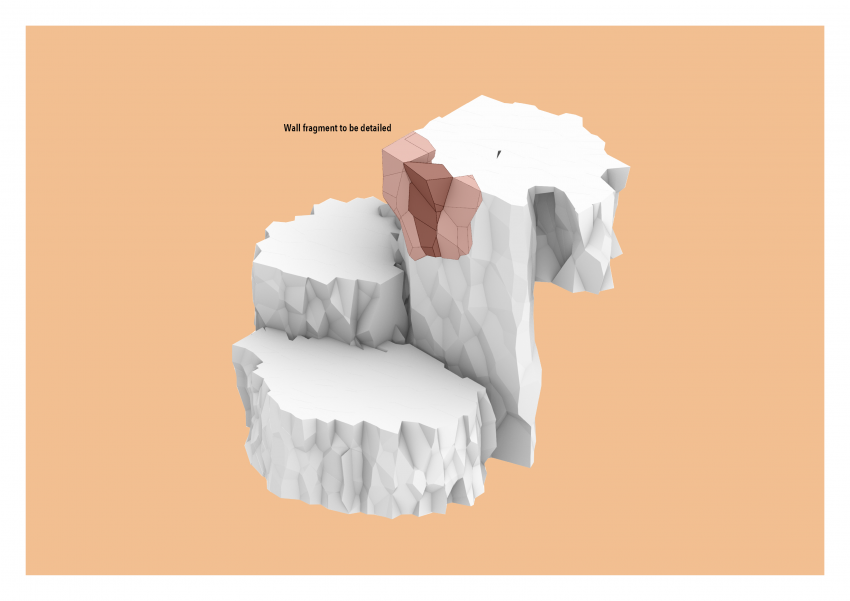Shared:2023W4G2Design
Group 2: Mohammad Behboodi - Sumeet Joshi - Dost Sahingoz - Majd Shahoud
DESIGN APPROACH
we began the design by studying the existing references. Based on rezhome 1 and some studies, building underground has many advantages, such as better temperature control against drastic shifts and protection from harmful radiation on Mars. "Dust storms, cosmic rays and solar winds ravage the Red Planet's surface. But belowground, some life might find refuge. "The environment with the best chance of habitability on Mars(opens in new tab) is the subsurface," says Jesse Tarnas, a planetary scientist at NASA's Jet Propulsion Laboratory and the new study’s lead author. Examining the Martian underground could help scientists learn whether life could have survived there — and the best subsurface samples available today are Martian meteorites that have crash-landed on Earth." Martian crust could sustain life through radiation
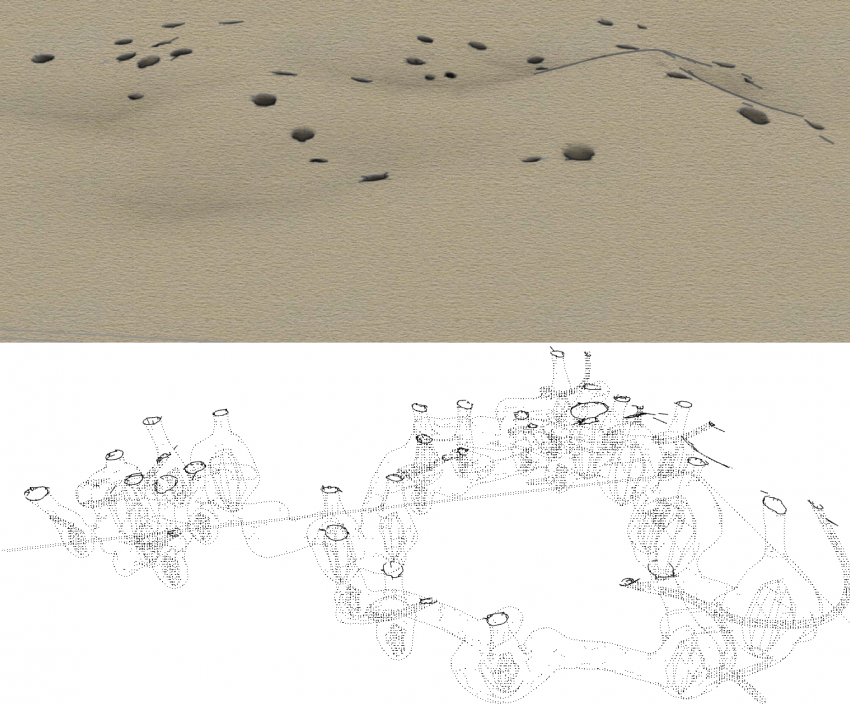 Reference research: Underground rhizomatic structure with skylights, Rhizome 1.0
[1]
Reference research: Underground rhizomatic structure with skylights, Rhizome 1.0
[1]
Using regolith-based concrete that can be produced via In-Situ Resource Utilisation (ISRU).
Week3
-
